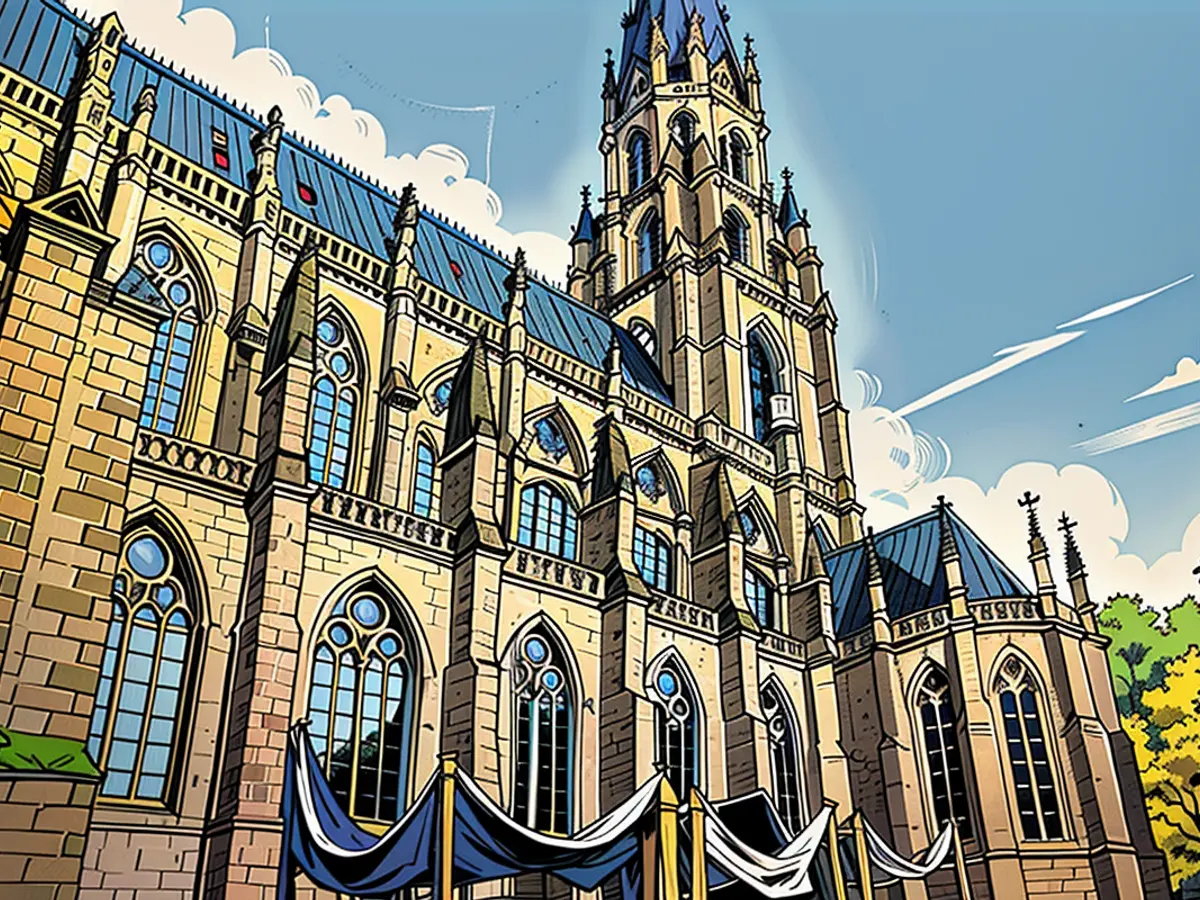Controversial work of art - Unknown persons behead statue of the Virgin Mary giving birth in Linz Cathedral
In the Upper Austrian city of Linz, a work of art is causing a stir: The sculpture of artist Esther Straus shows the Virgin Mary at the birth of Jesus. It was supposed to be on display in the Linzer Dom until mid-July. But that won't happen: Unknown individuals destroyed the figure on a Monday morning, according to Austrian media, quoting the spokesperson of the Diocese of Linz.
According to reports, the perpetrators severed the head of the figure, presumably because they were not satisfied with the representation. This shows "that there are still people who question the rights of women over their own body," quoted the broadcaster ORF the artist. The investigation is ongoing. Finding the suspects could prove difficult, however, as the Diocese did not install surveillance cameras in the area where the statue was displayed.
The sculpture named "crowning" had been on display since the previous Thursday as part of the project "Artistic Positions on the Holy Family" in the Dom. The exhibition on the 100-year anniversary of the Linz Mariendom thematizes questions around women's roles, family images, and gender equality. With the Marian statue, artist Esther Straus illuminated the "empty space of Christ's birth from a feminist perspective." A woman was depicted sitting on a rock with spread legs and looking up to the heavens. "Most Marian images were created by men and therefore often served patriarchal interests," explained the artist to ORF.
Conservative criticize feminist Marian representation
Artists and theologians praised the feminist depiction as a "testimony to the human incarnation of God." Conservative believers had a harder time with the sculpture. The portal "kath.net" described the figure as the "sculpture of ugliness," while "report24" criticized that the birth was "nearly pornographically shoved in the faces of visitors."
The Dom administrators were aware that the figure would polarize. "If we have hurt religious feelings of people, that saddens us," said Bishops Vicar Johann Hintermaier in a statement. He sharply condemned the violent destruction and "the attack on the freedom of art."
Despite the controversy surrounding the feminist Marian representation, the exhibit in Linz Mariendom aimed to explore questions around women's roles and gender equality. Following this event, it's unfortunate that women's rights advocates, like artist Esther Straus, face criticism even in the city of Linz.






